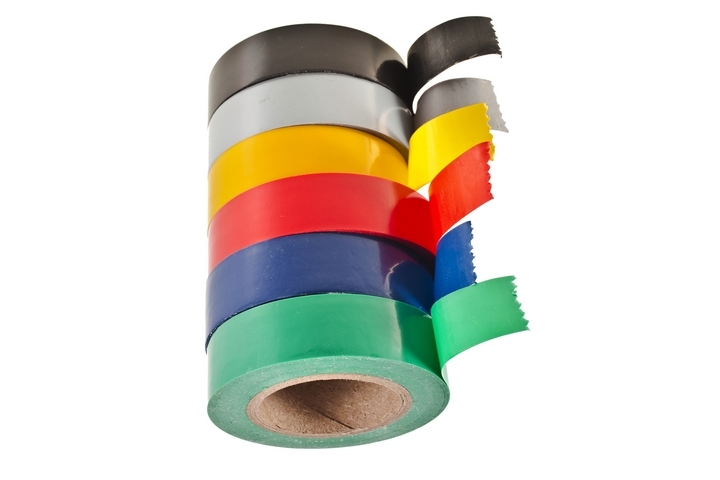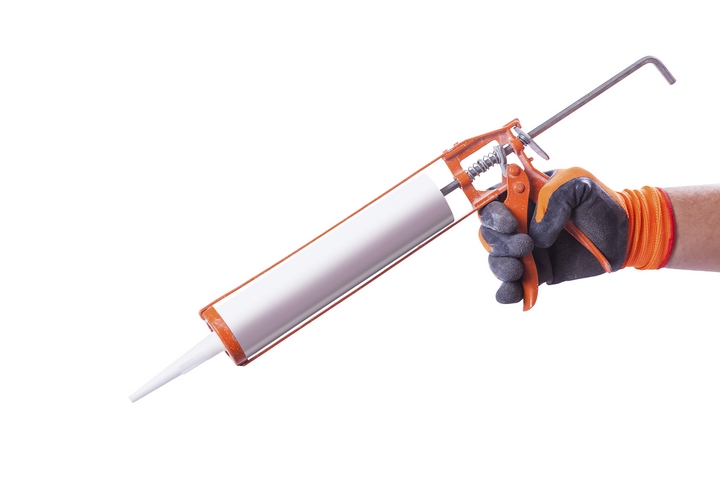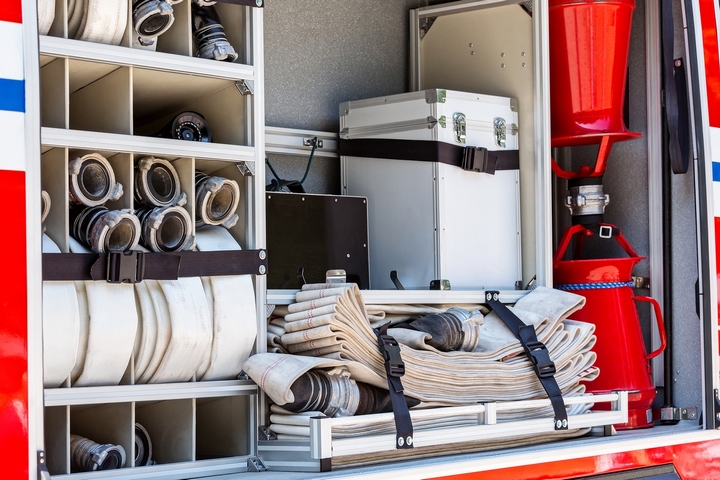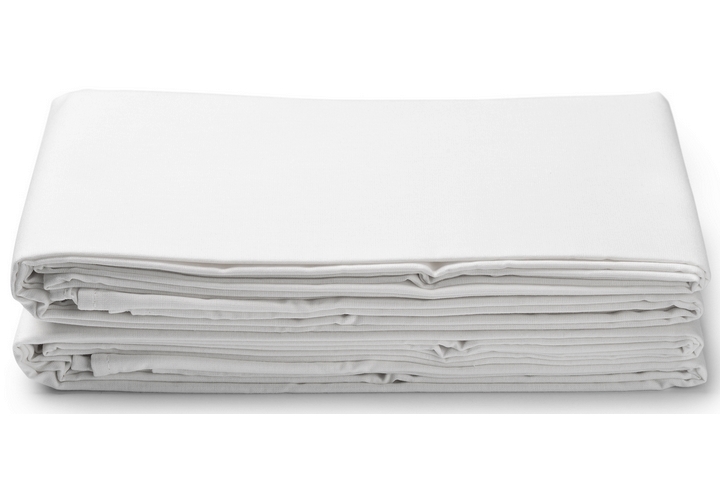Being caught up in the heat of the moment (in the literal sense of the expression) can be a hair-raising, life-threatening experience. While no one plans to get caught up in an inferno or have to grapple with a potentially destructive fire, you can’t quite tell when or where the next fire will break out. In the unfortunate event of a fire, you should be able to grab a heat resistant material to protect yourself, your loved ones and crucial equipment from further damage.
Heat resistant materials are placed strategically in a variety of places. You will find them in car parts, industries, manufacturing plants, in stoves and ovens. Literally, any device with a high risk of combustion features a heat-resistant material. Among reasons for using heat resistant materials include keeping people safe and protecting vital equipment and installations.
Among the most common types of heat resistant materials found in residential and commercial enterprises include:
1. Heat Resistant Tapes

These come in various sizes of different thickness, length, and width. They also feature different colours and support a variety of applications and commercial uses. They can protect items from both high temperatures and pressure. At their optimal capacity, heat resistant tapes can resist temperatures of up to 1650° Celsius. That is indeed a massive heat resistance threshold.
Besides, they provide a huge resistance to chlorine, salt water, and perspiration because they have a low coefficient of expansion and low shrinking characteristics. Heat resistant tapes feature a heavy coat of red silicon rubber and iron oxide. They are ideal for use in high-temperature situations and in heat press processes.
2. Heat Resistant Sealants

You can use heat resistant sealants to seal gaps between the solid sections of a machine. This helps the machine to resist intense pressure and high temperatures. The heat-resistant sealants can be either in cement formulation or in liquid foam. Cement formulation sealants can resist temperatures as high as 1500°F (816°C). These heat-resistant sealants are common in industries. Liquid foam sealants are used to seal machined connections.
Used together with cement sealants, they can cover rough surfaces such as the floor of a manufacturing plant. Besides being able to resist chemicals, they minimize shock damage and vibration in plants such as a hydro station.
3. Heat Resistant Firesleeves

Commonly utilized in aerospace and industrial applications, heat resistant firesleeves can resist flame, oil, water, and adhesives. They can resist temperatures of up to 540°Celsius. They use silicon coated fibreglass sleeves, which function like an insulated sheet.
They also come in different sizes and are used to protect wires, hydraulic and industrial hoses, and cables. Despite their low cost, they are highly effective in providing protection to both people and property in most industrial facilities.
4. Heat Resistant Fire Blankets

Fire blankets are very handy in almost any area where there is a risk of a fire outbreak. The heat-resistant fire blankets are found in many homes. They come in different sizes, large and small, and are used to put out fires in homes and in industries. They consist of sheets of fire resistant material that are woven together to form a fire blanket.
When a fire breaks out, all you need to do is to pick up a fire blanket and throw it over the fire to deprive it of oxygen. You have to ensure that all the areas on fire covered by the heat-resistant fire blanket. To make them even more effective, you can have a fire blanket coated with a flame retardant fluid.
When a fire breaks out, it could spread very quickly unless you move fast to stop it. Having the right heat-resistant materials to smother it can potentially save lives and protect properties from damage.






